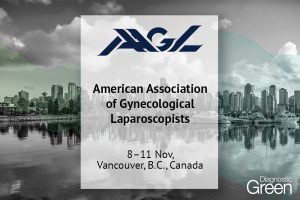Background: The aim of this study was to examine the potential benefit that may be achieved through the introduction of technical innovations and the incorporation of mesh for fascial donor site closure in uni- and bilateral autologous breast reconstruction with abdominal tissue. Methods: A retrospective single-center review of all breast reconstructions with a DIEP or MS-TRAM flap between January 2004 and December 2019 was performed. Donor and recipient site complications and operation times were evaluated before and after the implementation of coupler anastomoses, preoperative computed tomography angiography (CTA), indocyanine green (ICG) angiography, and the inclusion of mesh in donor site repair. Results: A total of 396 patients were included, accounting for 447 flaps.
Operation time was significantly shorter in unilateral reconstructions after the implementation of CTA (p < 0.0001). ICG angiography significantly reduced the rates of partial flap loss (p = 0.02) and wound healing disorders (p = 0.02). For unilateral reconstructions, abdominal bulging or hernia was observed more often in MS1-TRAM flaps without synthetic mesh repair (p = 0.001), whereas conservatively treated seroma developed more frequently after mesh implantation (p = 0.03). Conclusions: Recent technological advancements developed over the past few decades have made a substantial impact on decreasing surgical duration and enhancing procedure safety.




